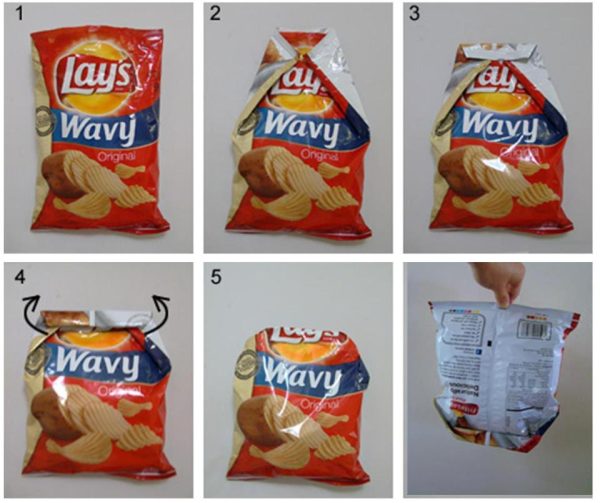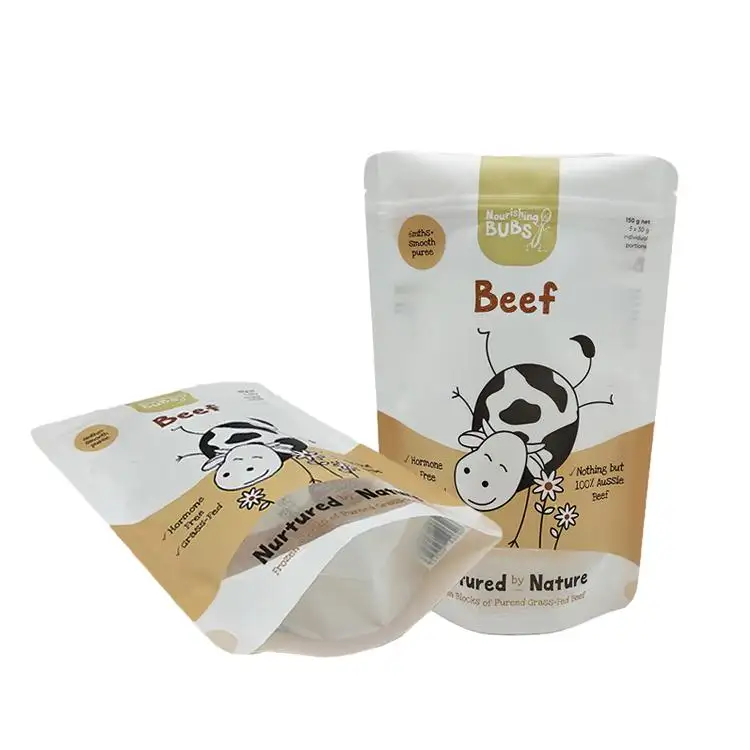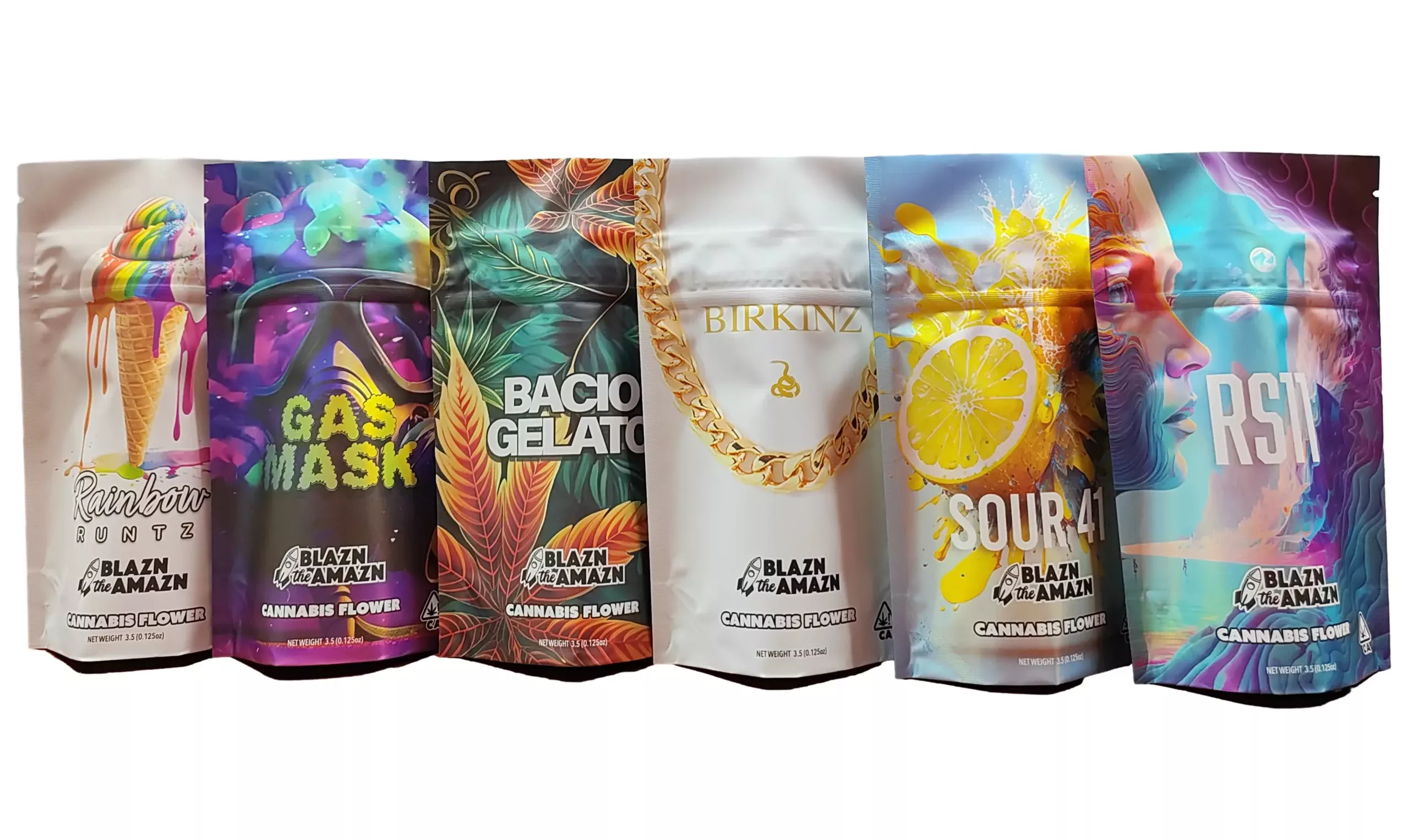In the snack food industry, maintaining the freshness and quality of products is crucial, especially for items like potato chips that are known for their crispy texture and rich flavors. Properly sealing potato chip bags is essential to preserve their crunch and prevent them from going stale.

Why Sealing Matters
The primary reason for sealing a potato chip bag is to prevent air exposure, which can lead to a loss of freshness and flavor. When potato chips are exposed to air, they absorb moisture, leading to a soggy texture. Additionally, the oils in the chips can oxidize, resulting in off-flavors and rancidity. By sealing the bag effectively, manufacturers and consumers can extend the shelf life of potato chips and ensure that they maintain their delicious crunch.
Methods for Sealing Potato Chip Bags
1. Heat Sealing
Heat sealing is one of the most common methods used in the packaging of potato chips. This process involves applying heat to the edges of the bag, which melts the plastic and fuses it together, creating a secure seal.
- Equipment Needed: To perform heat sealing, you will need an impulse sealer or a heat sealing machine. These devices are designed to deliver precise amounts of heat to seal plastic bags effectively.
- Steps to Heat Seal:
- Prepare the Bag: Ensure the bag is filled with the desired amount of potato chips, leaving enough space at the top for sealing.
- Align the Edges: Position the open edge of the bag into the sealer, making sure the edges are aligned and smooth.
- Set the Temperature: Adjust the temperature settings on the sealer according to the type of plastic used for the bag. Most potato chip bags are made from polyethylene, which requires a specific temperature to seal effectively.
- Seal the Bag: Press down on the sealer’s handle to activate the heat. Hold it for the recommended time, usually a few seconds, until the seal is formed.
- Cool Down: Allow the seal to cool before handling the bag to ensure that the seal is secure.
2. Vacuum Sealing
Vacuum sealing is another effective method for preserving potato chips. This technique removes air from the bag before sealing it, significantly extending the shelf life of the product.
- Equipment Needed: A vacuum sealer is required for this process. These devices are available in various sizes and models, suitable for home or commercial use.
- Steps for Vacuum Sealing:
- Fill the Bag: Place the potato chips into a vacuum-sealable bag, ensuring not to overfill.
- Insert the Bag into the Sealer: Place the open end of the bag into the vacuum sealer’s opening.
- Activate the Sealer: Close the sealer lid and activate the vacuum function. The machine will remove air and then heat seal the bag.
- Check the Seal: Once the process is complete, check the seal for any leaks. If necessary, re-seal the bag to ensure an airtight closure.
3. Manual Methods
For those without access to specialized equipment, manual sealing methods can also be effective. While these methods may not provide the same level of airtight sealing, they can still help keep potato chips fresh.
- Using Clips or Ties: One simple method is to use clips or ties to secure the open end of the bag. This is ideal for short-term storage but may not be as effective for long-term preservation.
- Folding and Tucking: Another technique involves folding down the top of the bag several times and tucking it underneath the contents. This can reduce air exposure and help keep the chips fresher for a longer time.

4. Using Adhesive Sealers
Adhesive sealers, such as tape or adhesive strips, can also be used for sealing potato chip bags. This method is particularly useful for resealing bags after opening.
- Applying Adhesive: Simply place a strip of tape along the open edge of the bag and press down firmly. This creates a barrier that helps keep air out.
- Pros and Cons: While adhesive sealers are convenient, they may not provide the same airtight seal as heat sealing or vacuum sealing. Therefore, they are best used for short-term storage.
Tips for Effective Sealing
To ensure that your potato chip bags are sealed effectively, consider the following tips:
- Clean and Dry: Make sure the bag is clean and dry before sealing. Any moisture or residue can compromise the seal.
- Check for Leaks: After sealing, inspect the bag for any leaks. If you notice any air pockets or openings, re-seal the bag to maintain freshness.
- Recommended Settings: When using a heat sealer, familiarize yourself with the recommended temperature and sealing times for the specific material of your bags.
- Storage Conditions: Store sealed bags in a cool, dry place away from direct sunlight to further extend their shelf life.
Conclusion
Properly sealing potato chip bags is essential for maintaining freshness and ensuring that consumers enjoy the delightful crunch and flavor they expect. Whether you choose heat sealing, vacuum sealing, manual methods, or adhesive sealers, each technique has its own advantages and can help prolong the shelf life of your snacks. By following the tips outlined in this article, you can ensure that your potato chips remain delicious and ready to enjoy.
For high-quality packaging solutions, including bags suitable for sealing snacks like potato chips, consider reaching out to Colorful Packaging. Our expertise and commitment to quality ensure that your products are protected and presented beautifully.







